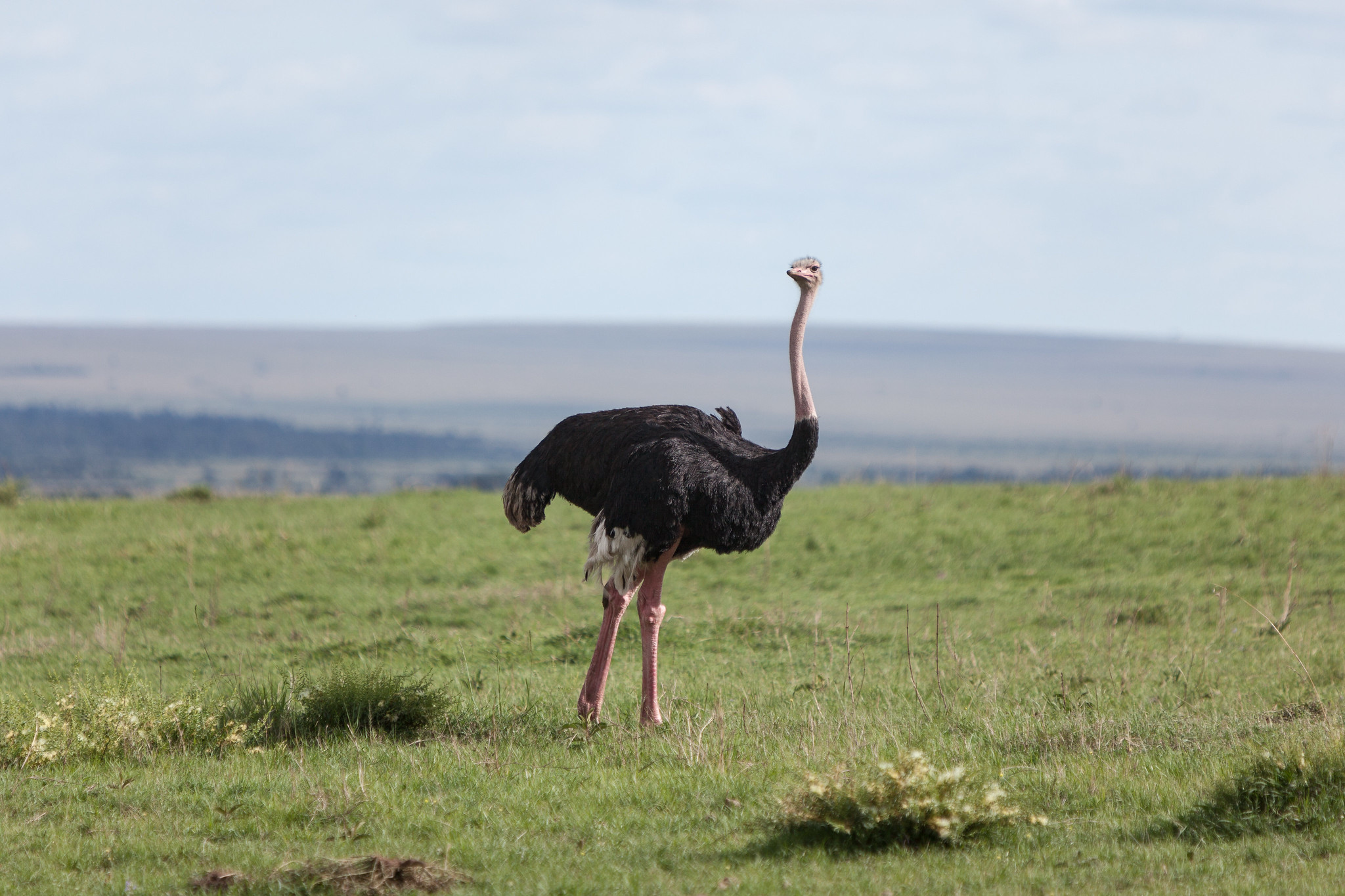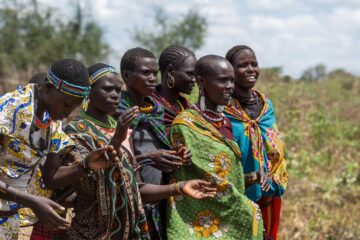Discover Uganda wildlife reserves like Matheniko and Bokora—raw safari destinations in Karamoja with unique wildlife, culture, and untapped adventure.
Located in the remote Karamoja region of northeastern Uganda, the Matheniko and Bokora Wildlife Reserves are among the country’s most underrated and untouched conservation areas. These reserves offer an authentic and off-the-beaten-path safari experience far from the popular circuits of Murchison Falls or Queen Elizabeth National Park. Despite their relative obscurity, the Matheniko and Bokora Wildlife Reserves boast incredible landscapes, rich biodiversity, and a deep cultural connection to the indigenous Karamojong people. As conservation areas, they form part of the larger Karamoja wildlife corridor, linking to Pian Upe and Kidepo Valley National Park.
These hidden gems are two of the most fascinating Uganda wildlife reserves, ideal for adventurous travelers looking for raw, less commercialized safari encounters.
Location and Geography in Uganda Wildlife Reserves
The Matheniko Wildlife Reserve lies between Mount Elgon and Kidepo Valley National Park, covering approximately 1,520 square kilometers. To the southwest is the Bokora Wildlife Reserve, covering around 2,056 square kilometers. The terrain across both reserves is characterized by arid savannah, rocky hills, grasslands, seasonal rivers, and scattered woodland. The semi-arid climate and dramatic scenery offer a stark contrast to Uganda’s lush forests and lakes.
These landscapes not only support unique flora and fauna but also make the reserves ideal for hiking, photography, and cultural experiences with the Karamojong communities.
Wildlife in Matheniko and Bokora Uganda Wildlife Reserves
While not as densely populated with big game as other parks, the Matheniko and Bokora Wildlife Reserves are crucial habitats for rare and endemic species. Wildlife commonly spotted includes:
- Lesser kudu
- Jackson’s hartebeest
- Uganda kob
- Klipspringer
- Oribi
- Roan antelope
- Olive baboons
- Spotted hyenas
- Leopards (rare sightings)
The reserves are also home to over 200 species of birds, including:
- Ostriches
- Abyssinian ground hornbills
- Eastern chanting goshawks
- Karamoja apalis (an endemic species)
As part of the wider network of Uganda wildlife reserves, Matheniko and Bokora offer distinct dryland ecosystems supporting bird and mammal diversity.
Top Activities in Uganda Wildlife Reserves – Matheniko and Bokora
1. Game Viewing
Although the terrain is rugged and roads are not fully developed, game drives offer a chance to see unique species in a pristine environment. It’s recommended to use a 4×4 vehicle and an experienced local guide familiar with the area.
2. Bird Watching
The reserves are a haven for birders, with numerous dryland bird species difficult to spot elsewhere in Uganda. The Karamoja apalis is a major highlight for twitchers.
3. Cultural Encounters
Interacting with the Karamojong people offers a rare cultural safari experience. Visitors can learn about their nomadic pastoralist lifestyle, traditional dances, and crafts, making a visit to these Uganda wildlife reserves both educational and enriching.
4. Hiking and Nature Walks
With permission from the Uganda Wildlife Authority (UWA), guided walks can be arranged, taking you through scenic hills, valleys, and riverbeds with panoramic views and untouched nature.
Conservation Significance of Uganda Wildlife Reserves
The Matheniko and Bokora Wildlife Reserves are part of a vital ecological corridor in the Karamoja sub-region. These reserves are important for seasonal wildlife migration and maintaining ecological balance between Kidepo and Pian Upe. As important Uganda wildlife reserves, they hold promise for future eco-tourism development while preserving biodiversity.
Organizations and government agencies are working with local communities to promote sustainable tourism and protect these fragile ecosystems.
When to Visit These Uganda Wildlife Reserves
The best time to visit the Matheniko and Bokora Wildlife Reserves is during the dry seasons: December to March and June to September. These months offer better road accessibility and clearer chances to spot wildlife. However, visitors should prepare for hot daytime temperatures and cooler nights due to the semi-arid climate.
Getting to Uganda Wildlife Reserves: Matheniko and Bokora
The reserves can be accessed by road from Kampala via Mbale or Soroti, continuing through Moroto. The journey takes about 9-10 hours, making it advisable to plan an overnight stay in Moroto or Pian Upe before venturing into the reserves.
There are no airstrips within the reserves themselves, but charter flights can land at Moroto airstrip with prior arrangements.
Accommodation Options Near Uganda Wildlife Reserves
Due to the remote nature of the Matheniko and Bokora Wildlife Reserves, accommodation is limited:
- Karamoja Safari Camp – Located in Moroto, ideal for cultural tours and excursions into the reserves.
- Mount Moroto Hotel – Comfortable midrange option for overnight stays.
- Camping – UWA allows camping in designated areas with advance permission. Visitors must bring their own gear.
Plans are underway to develop more eco-lodges to support growing interest in Uganda wildlife reserves.
Why Visit These Hidden Uganda Wildlife Reserves?
- Uncrowded safaris: Perfect for travelers seeking solitude and authenticity.
- Unique landscapes: Rugged hills, vast plains, and golden sunsets.
- Rare wildlife and birds: Chance to see species not easily found elsewhere in Uganda.
- Cultural tourism: Engage with the rich traditions of the Karamojong people.
- Ecotourism potential: Support conservation and community development.
Tips for Travelers Exploring Uganda Wildlife Reserves
- Hire a local guide: Knowledgeable guides enhance wildlife viewing and safety.
- Travel in a 4×4 vehicle: Roads are rough and sometimes impassable during rains.
- Bring plenty of water and supplies: Services are limited in the reserves.
- Respect local customs: The Karamojong are welcoming but traditional.
- Coordinate with UWA: Permits and guided experiences should be arranged in advance.
The Matheniko and Bokora Wildlife Reserves may not yet be household names, but they represent some of Uganda’s last true wilderness frontiers. With their raw beauty, cultural richness, and untapped potential, these reserves offer a deeply rewarding experience for those willing to venture off the beaten path. As part of the broader network of Uganda wildlife reserves, they are hidden gems waiting to be explored by nature lovers, cultural travelers, and conservation-minded visitors alike.




Tour Reviews
There are no reviews yet.
Leave a Review